The landscapes of Peru are breathtaking. From pristine beaches to coastal desert, dense Amazon jungle to deep canyons, the natural wonders are astounding. Of course, the Inca ruins of Machu Picchu, dramatically perched high in the Andes draw the most visitors to Peru, but there is so much more to discover in this country of cultural treasures. And don’t overlook the world-class cuisine. Yes, there are many amazing things to see and do in Peru in addition to Machu Picchu. Here are some of the best choices.
Lima
Most travelers will start their Peru exploration by flying into Lima, the capital. Centuries-old churches and colonial mansions dot the downtown, a UNESCO World Heritage. There are world-class museums, pre-Columbian pyramids standing beside modern skyscrapers, and dramatic coastal cliffs. You can take in most of the major sights on a full day of touring but there is enough to keep you busy for as long as you wish to stay in Lima. Travel Maestro tip: Some of the best chefs in Latin America are cooking in Lima, so be sure to take advantage of your time there by fine dining, taking a culinary tour, or relaxing at a wine and tapas bar on a quiet residential street.
Peru’s Southwest Coast
Along the southwest Pacific Coast, there are several remarkable things to see and do in Peru. The Paracas National Reserve is considered the best shorebird sanctuary in South America. You’ll also see Andean condors and sea lions there. If that’s not enough wildlife, take a high-speed boat tour to Islas Ballestas, known as “Poor Man’s Galapagos.” The prolific sea animals include sea lions, seals, Humboldt penguins, and more sea birds.
The city of Ica lies nearby inland but offers a complete change of scenery. The local wineries and distilleries are the draw there with February-April being harvest season. In the desert just outside Ica, the natural oasis of Huacachina is nestled into the surrounding dunes where you can try your skill at sandboarding down huge hills or take a wild dune buggy ride. Travel Maestro tip: Plan two nights in Ica to fully see and do everything Peru’s coast and desert offer.
Nazca Lines
Another two hours’ drive (or a short flight) southeast through a rocky brown landscape takes you to the mysterious Nazca Lines. These enormous designs were carved into the earth by removing dark stones and leaving lighter lines that can only be seen well from the air. The designs range from 300 feet to several miles in length, depicting people, fish, birds, and abstract figures. They are estimated to date to between 900 BC and AD 630, but their purpose remains unconfirmed. Travel Maestro tip: The six-passenger flightseeing planes turn and bank often to give everyone a good view. Motion sickness medicine is advisable if you are prone to that discomfort.
Arequipa and Colca Canyon
Arequipa is called the White City because the buildings are made of sillar, a white volcanic stone that makes them sparkle in the sun. The highlight of this second largest city of Peru is the Santa Catalina Convent. Be sure to walk through the well-preserved 16th-century enclave to enjoy its peaceful atmosphere and charming courtyards.
Another favorite thing to see and do near Arequipa is hiking Colca Canyon, one of the deepest canyons in the world (10,500 feet deep). Travel Maestro tip: Two- or three-day excursions are recommended because of the time needed to get there.
Lake Titicaca
In a complete change of scenery from coastal deserts and steep canyons, Titicaca is the world’s highest navigable lake (12,500 feet above sea level) that sits on the border of Peru and Bolivia. The gateway town is Puno, one of the best places to buy alpaca sweaters and Andean handicrafts. Boat tours offer day trips to local natural islands and the Floating Islands which are actually enormous reed mats supporting villages of reed huts. Three to five indigenous families live on each of the 120 manmade islands in this water-world. Travel Maestro tip: Interestingly, many of the islands now have solar panels to generate electricity for lights and cell phone chargers.
Cusco
As the most-visited city in Peru and a UNESCO World Heritage Site, there are many things to see and do in Cusco. Some of the most important are ancient Incan ruins, including the Tambomachay ritual bath and the Q’enco (amphitheater of sacrifices). To learn more about the Incas, visit the Museo Inka. Colonial architecture abounds, none more impressive than the magnificent Cusco Cathedral on the Plaza de Armas, the main city gathering place. Travel Maestro tip: Buy a visitor’s ticket, or Boleto Turistico, at the tourist office. It includes entrance into more than a dozen ruins and museums.
Cusco is also at the forefront of Andean cuisine. Here you can taste classic regional cuisine including cuy (grilled guinea pig), alpaca steak, and lechon (suckling pig). Travel Maestro tip: Mate de coca, an herbal tea brewed from coca leaves, is a popular energy booster and helps relieve symptoms of altitude sickness.
The Sacred Valley
The Sacred Valley lies just north of Cusco running from Pisac to Ollantaytambo. Rich soil along the Urubamba River made the valley important for Incan agriculture, thus many archeological remains exist there. The terraces of Moray with their circular amphitheater-like levels and the pre-Inca Salinas de Maras salt ponds are some worth visiting.
Ollantaytambo is a pretty town that was once the ceremonial center and royal estate of an Inca ruler. It is packed with history and ruins – enough to see and do for two days. Trains to Aguas Calientes (where you get the Machu Picchu bus) take about an hour and a half from here, versus nearly four hours from Cusco. Travel Maestro tip: Most people headed for Machu Picchu fly into Cusco from Lima; however, spending a night or two in the lower altitude Sacred Valley before Cusco can help one acclimatize.
Amazon Rainforest
The Amazon Jungle is yet another timeless Peruvian landscape that is a unique experience. A two-hour flight from Cusco to Iquitos in northern Peru takes you there. The muddy waters of the mighty Amazon River cut through huge swaths of primordial trees and dense hanging vines filled with screeching monkeys, birds, and other wildlife. Day trips run in dugout canoes or tourist boats to indigenous villages where you can experience what it is like to live in the rainforest. If the heat and insects are tolerable, you can even spend the night in a basic jungle lodge.
For a more luxurious encounter with the rainforest jungle, take a multi-night cruise on the boutique 32-passenger Aqua Aria. It offers floor-to-ceiling windows, world-renowned chefs, and daily rainforest excursions. Travel Maestro tip: Aqua Expeditions takes great pride in responsible and eco-friendly operational procedures that minimize impact to the delicate Amazonian environment.
Peru is a country of wildly varying natural landscapes, fascinating ancient history, rich traditions and culture, and world-class gastronomy. While visiting Machu Picchu is a bucket-list reason to go there, you have to agree that there are so many additional intriguing things to see and do in Peru. When you’re ready to customize your trip, get in touch with a Covington vacation advisor.

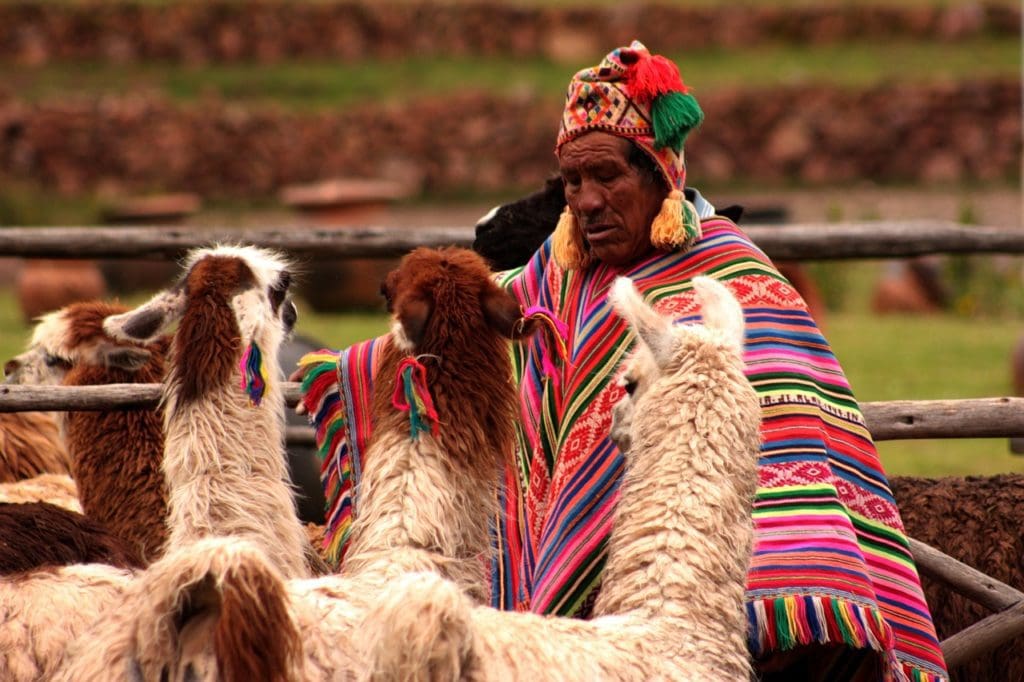
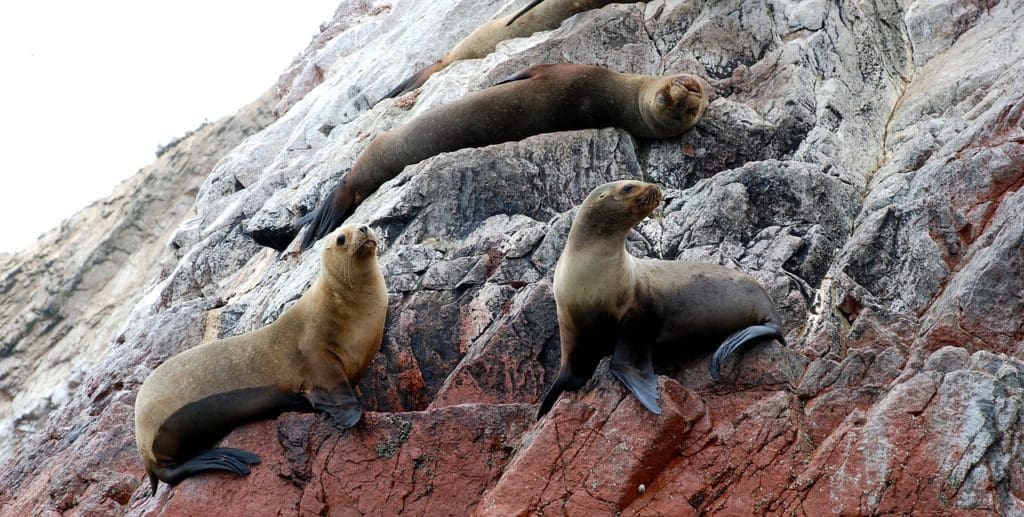
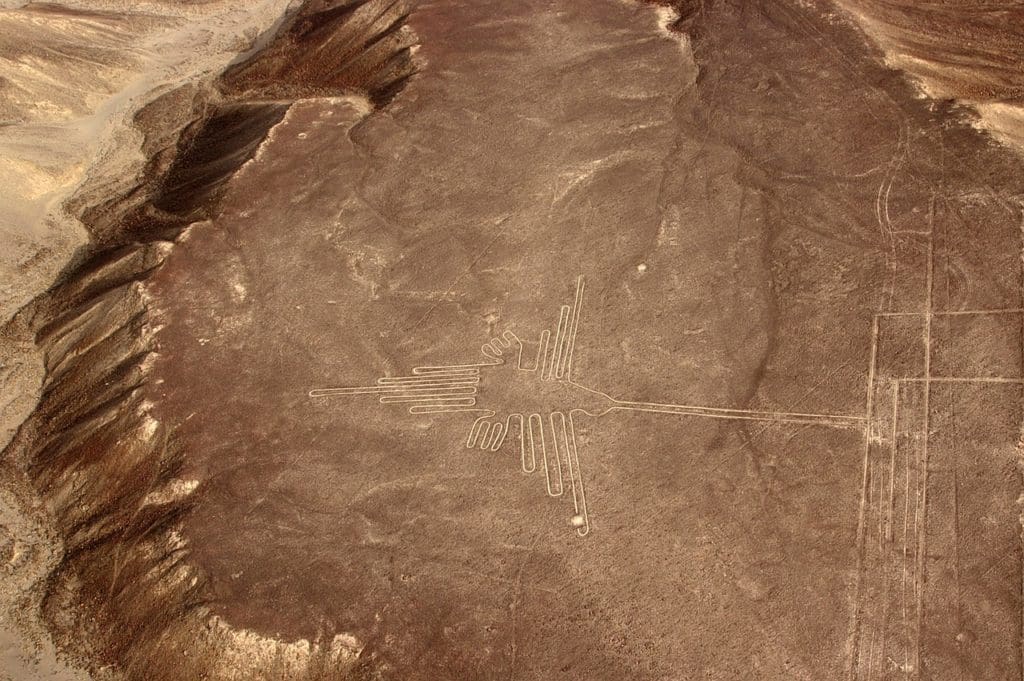
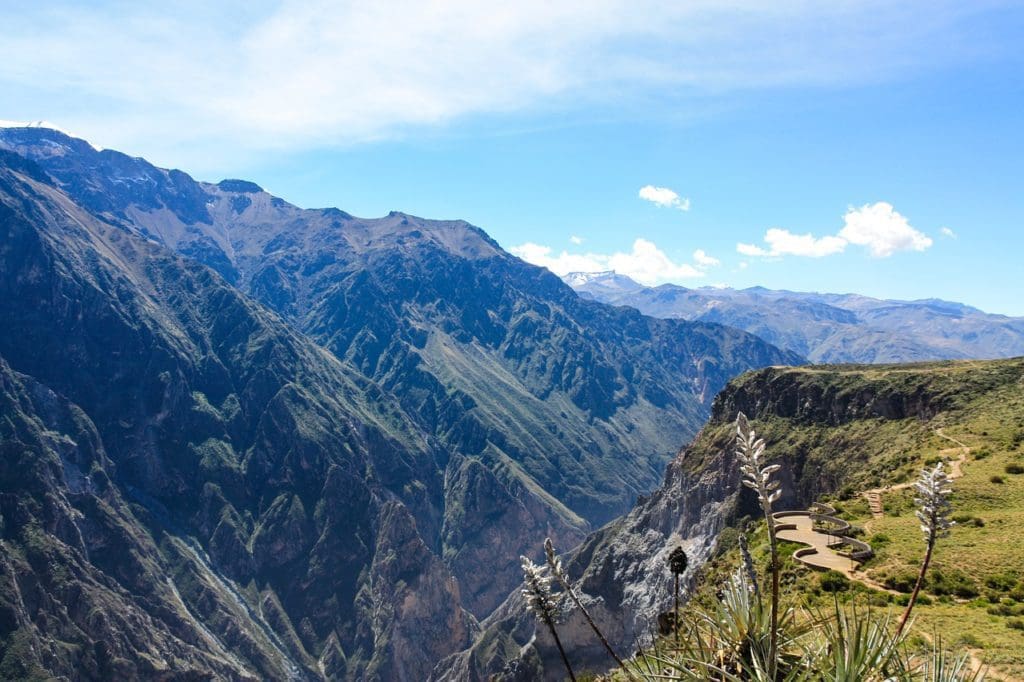
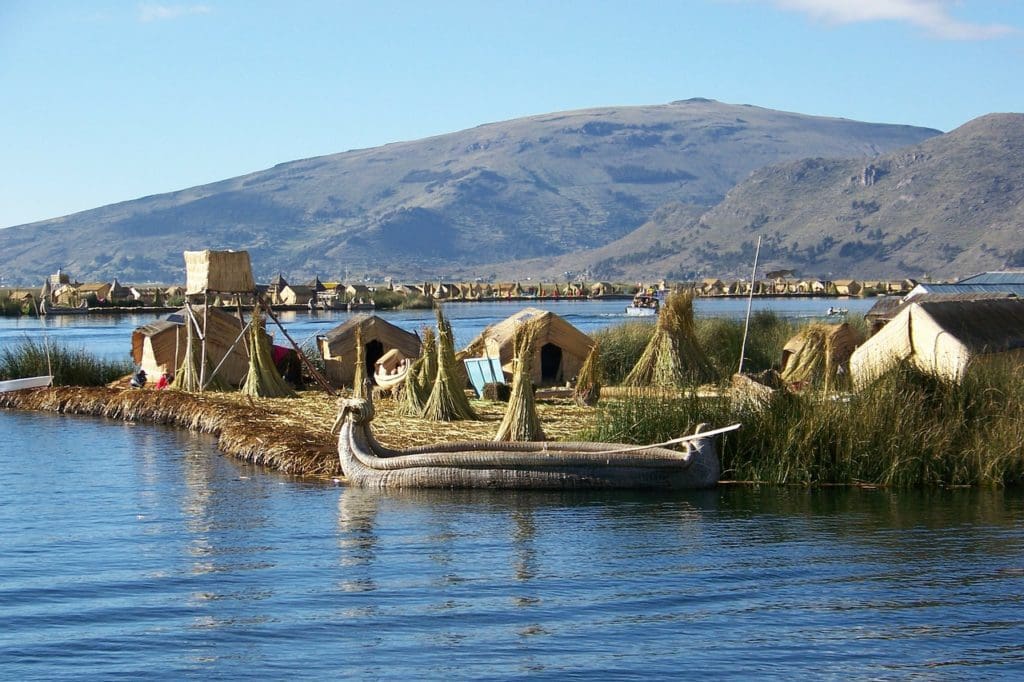
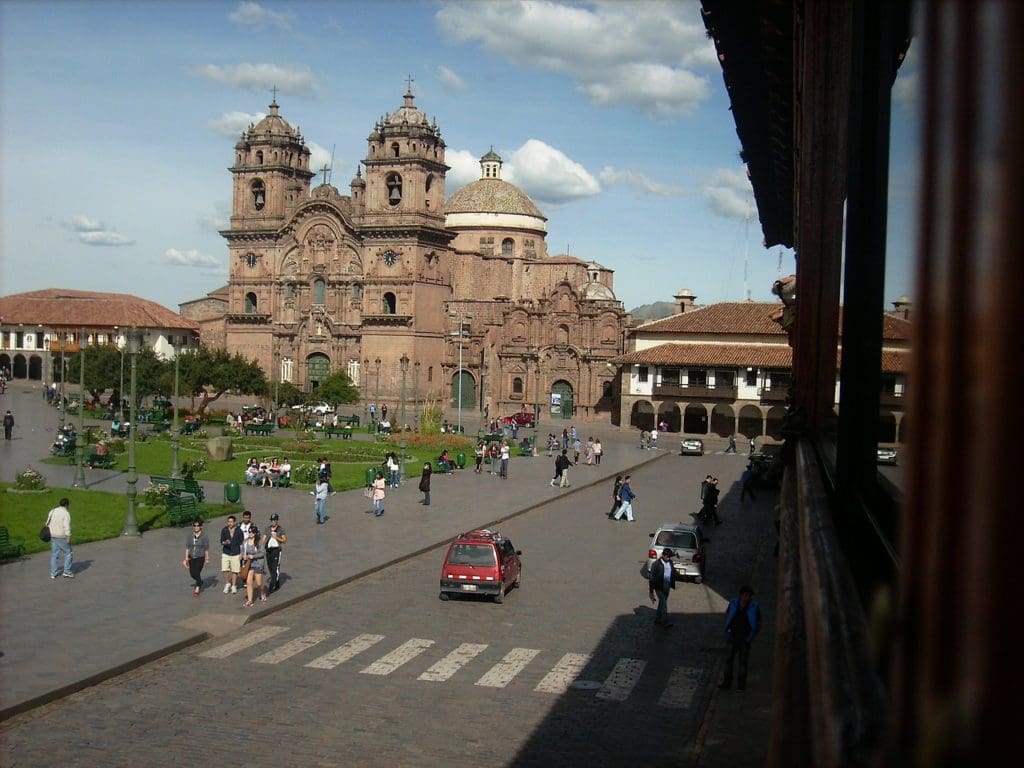
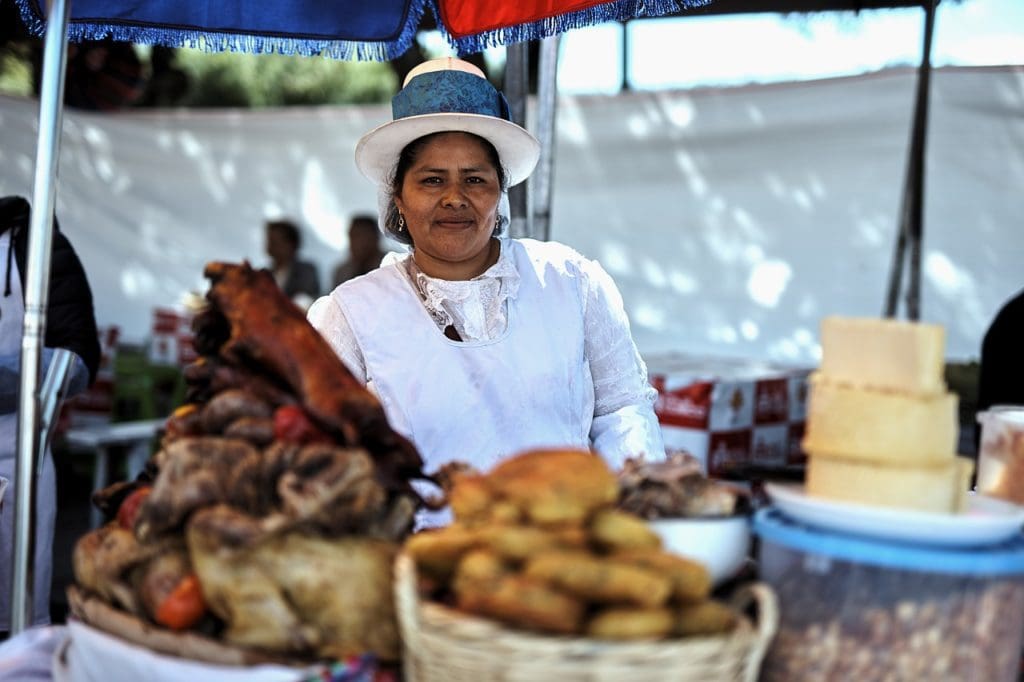
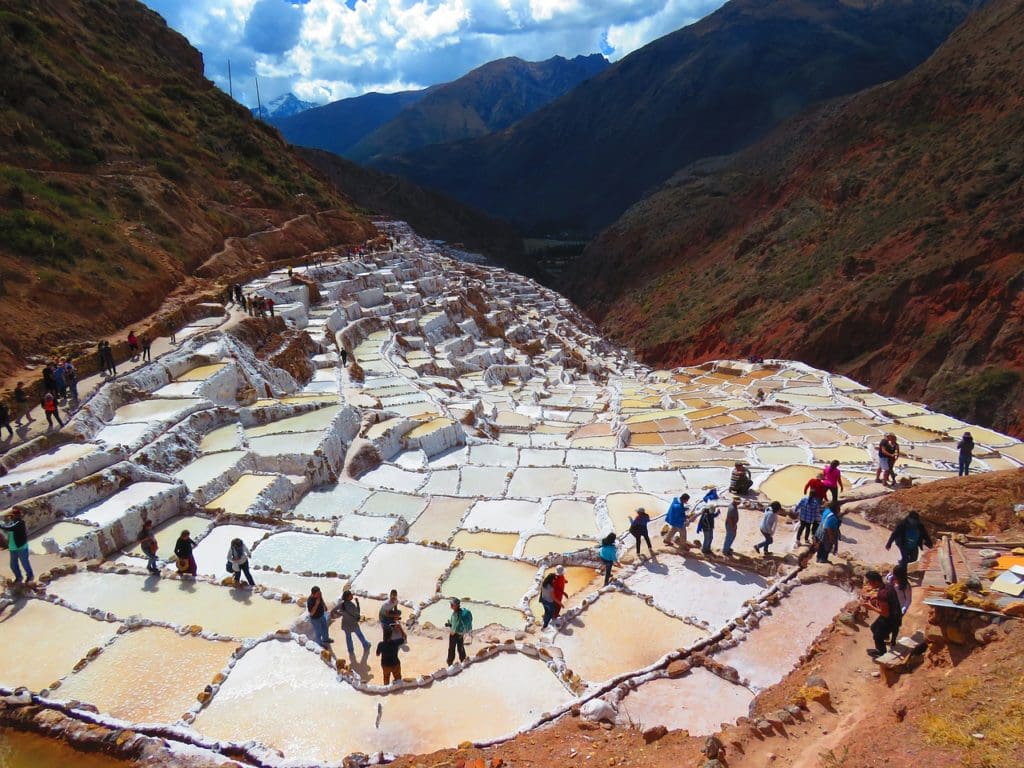
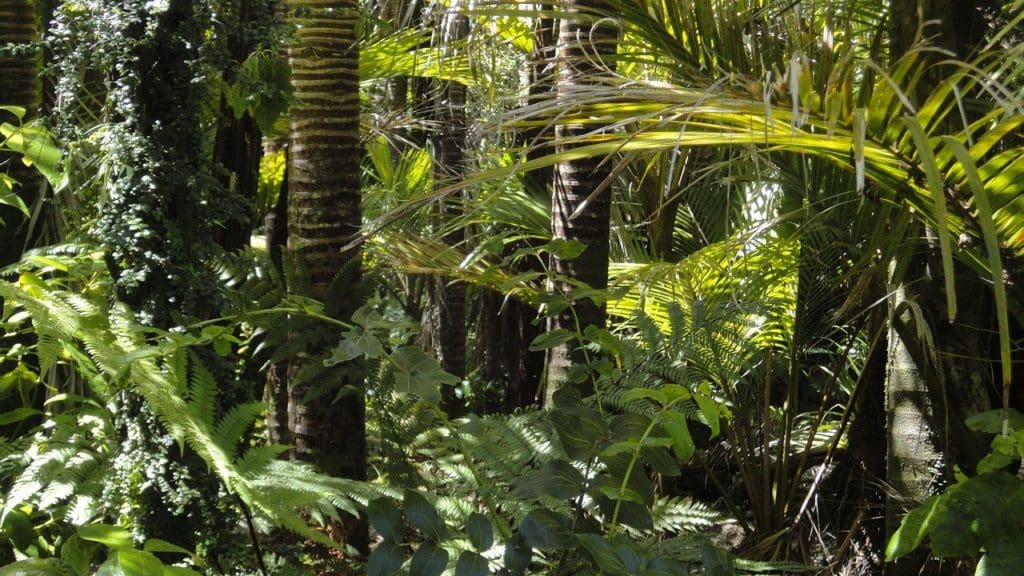





Leave a Reply